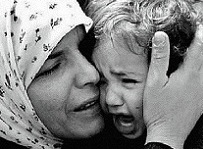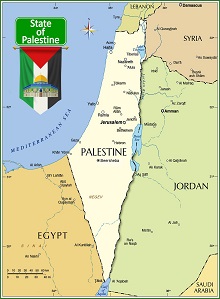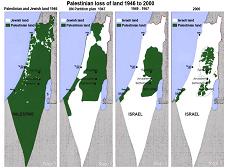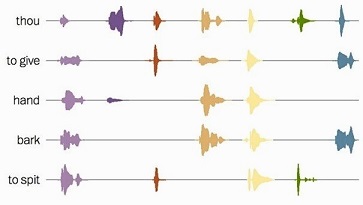 Ultraconserved words point to deep language ancestry across Eurasia
Ultraconserved words point to deep language ancestry across Eurasia
[PDF] Abstract: The search for ever deeper relationships among the World’s languages is bedeviled by the fact that most words evolve too rapidly to preserve evidence of their ancestry beyond 5,000 to 9,000 y. On the other hand, quantitative modeling indicates that some “ultraconserved” words exist that might be used to find evidence for deep linguistic relationships beyond that time barrier. Here we use a statistical model, which takes into account the frequency with which words are used in common everyday speech, to predict the existence of a set of such highly conserved words among seven language families of Eurasia postulated to form a linguistic superfamily that evolved from a common ancestor around 15,000 y ago. We derive a dated phylogenetic tree of this proposed superfamily with a time-depth of ∼14,450 y, implying that some frequently used words have been retained in related forms since the end of the last ice age. Words used more than once per 1,000 in everyday speech were 7- to 10-times more likely to show deep ancestry on this tree. Our results suggest a remarkable fidelity in the transmission of some words and give theoretical justification to the search for features of language that might be preserved across wide spans of time and geography.
Washington Post: Linguists identify 15,000-year-old ‘ultraconserved words’
Washington Post: Words that last [Interactive/Multilingual] - A research team led by Mark Pagel at the University of Reading in England has identified 23 “ultraconserved words” that have remained largely unchanged for 15,000 years. Words that sound and mean the same thing in different languages are called “cognates”. These are five words that have cognates in at least four of the seven Eurasiatic language families. Those languages, about 700 in all, are spoken in an area extending from the British Isles to western China and from the Arctic to southern India. Only one word, “thou” (the singular form of “you”), has a cognate in all seven families.





